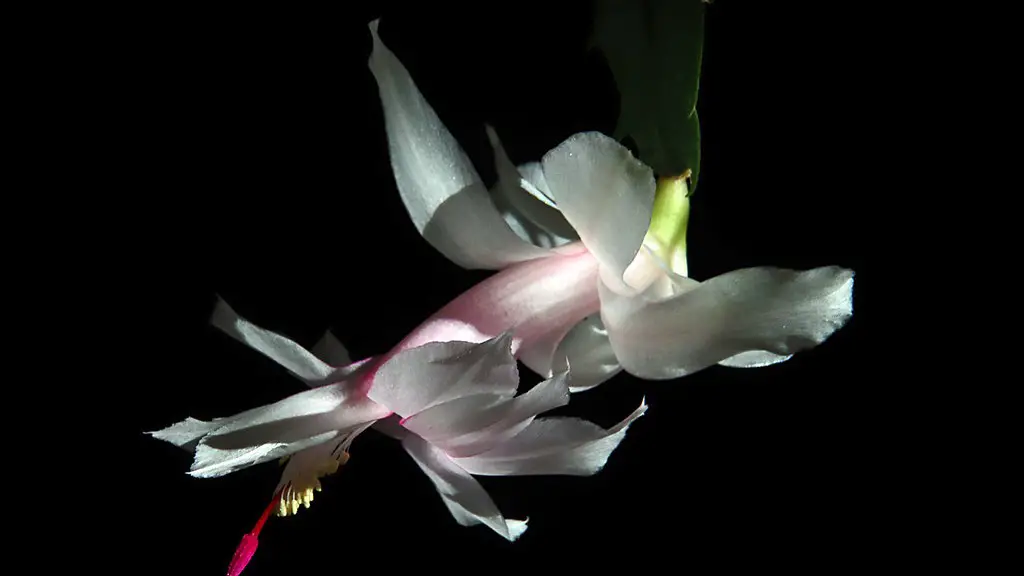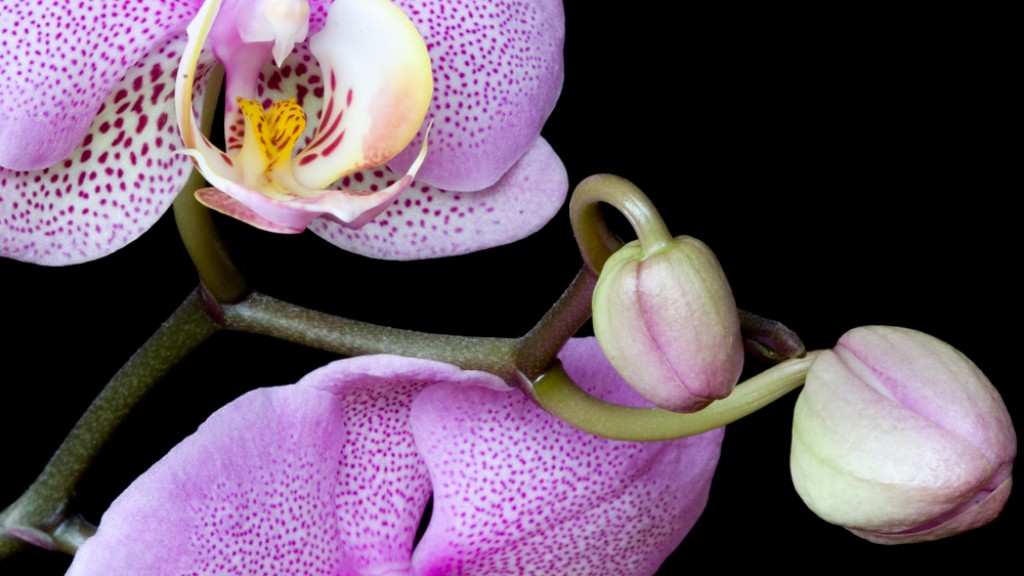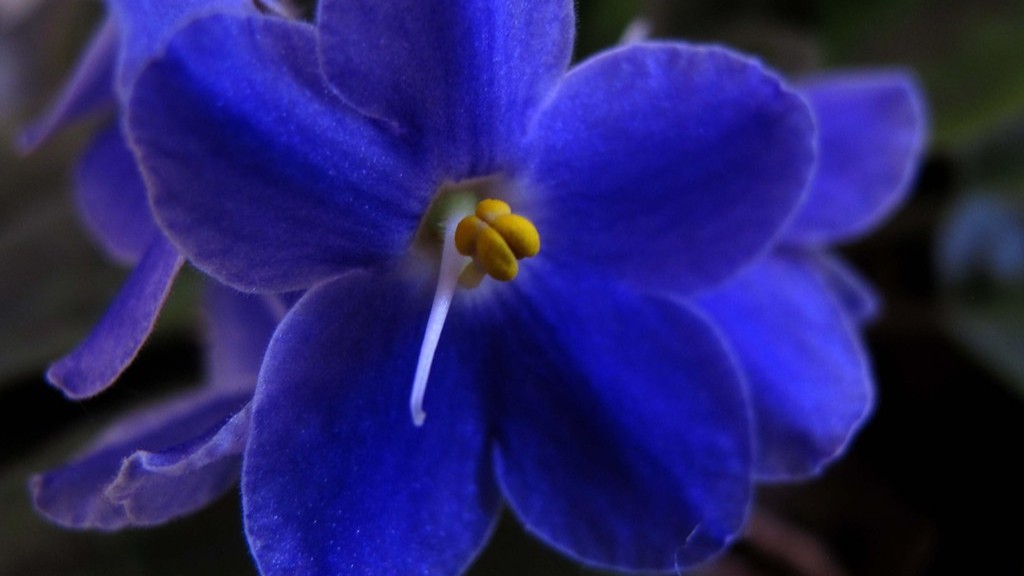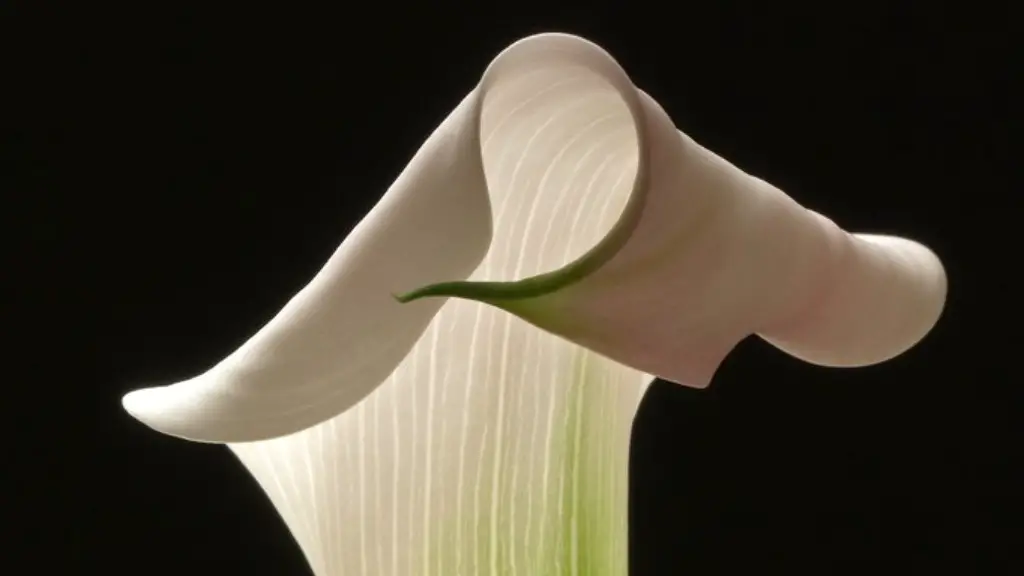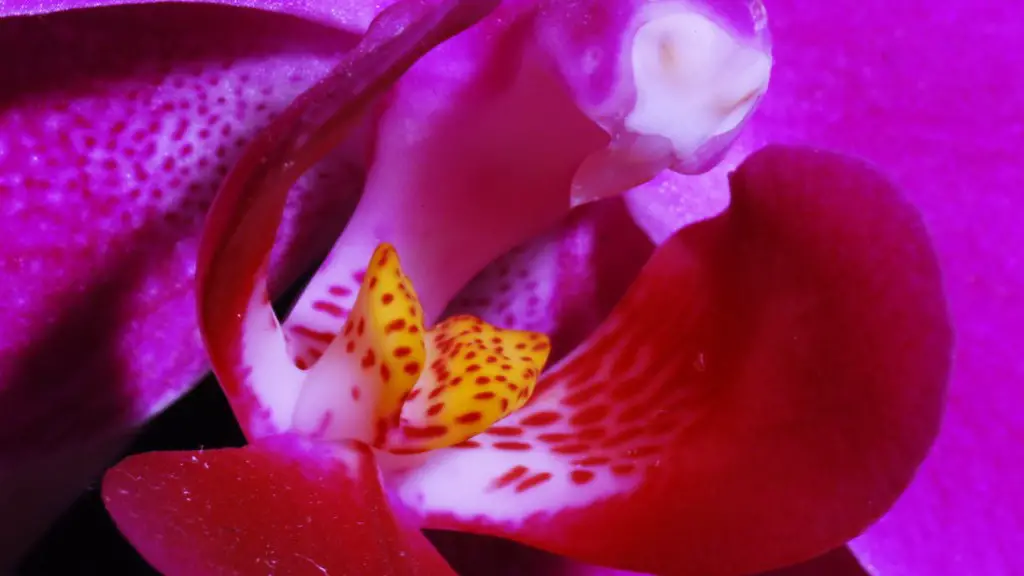Light requirements for African violets are not demanding. They will do well in a range of light levels, from bright indirect sunlight to low light conditions. However, too much direct sunlight can cause leaf scorching. If your African violet is not receiving enough light, the leaves will become elongated and the plant will become leggy.
African violets require moderate to bright light, but not direct sunlight. They will do best near an east or west-facing window.
Where is the best place to put an African violet?
If you want your plants to have the best color and blooms, grow them in bright, indirect light. An ideal location for a plant stand is three feet away from a west- or south-facing window. Plants will still grow when situated right beside north- or east-facing windows, but leaves will be thin and spindly, and plants less likely to bloom.
If your African violet isn’t getting enough sun, it will let you know by yellowing leaves, leggy stems, and stunted bloom growth. These are the telltale signs that your plant is undernourished and needs more sun to stimulate healthy photosynthesis processes.
Can African violet grow in low light
If you want your African violets to flower, make sure they are getting enough light. Insufficient light is the most common reason for these plants to fail to bloom. Look for leaves that are dark green and thin, with long, weak petioles (leaf stems). If your plant is not flowering, try moving it to a brighter spot.
African violets are delicate plants that require careful watering. Overwatering can cause the leaves to yellow and drop off, so it’s important to only water once a week and allow the plant to completely dry between waterings. One ingenious way of making sure your African violets are never over watered is by setting up a wicking system. This system uses a long, thin wick that draws water up from a reservoir, delivering just the right amount of moisture to the plant’s roots.
Should African violets be misted?
It is important to water African violets carefully so that the crown of the plant does not become saturated and rot. Do not mist the foliage, as this may cause permanent leaf spotting. Use room-temperature water instead.
African violets need to be slightly pot-bound in order to thrive. Choose a pot that’s on the smaller side, about 3-4 inches in diameter.
Should African violets be watered from the top or bottom?
Watering your African violet from the top or bottom is fine, just be sure to use warm water instead of cold water. If you water from the top, be careful not to get water on the leaves when the plant is in the sun as this could lead to leaf spots.
In order to thrive, impatiens need bright, indirect sun. Too little sunlight will cause them to stretch for the light and produce few or no flowers; too much sun can burn the leaves. An east-facing window is ideal, especially with a sheer curtain to block the sun’s harshest rays. They also need eight hours of darkness every night.
How do you encourage African violets to bloom
If you’re wondering why your African violet isn’t blooming, it’s likely because it’s not getting enough light. These lovely plants need indirect sunlight, as direct sunlight can burn their leaves. For best results, choose a north- or east-facing window. Remember to keep plants away from cold glass and to rotate the pot once a week so all leaves receive light. With a little TLC, your African violet will be blooming in no time!
African violets need shallow, breathable pots and good drainage to thrive. Using a deep pot will encourage the roots to go sideways, which can lead to root rot. Be sure to provide drainage holes in the pot so that you can water from underneath.
How often does an African violet bloom?
Assuming you are asking how often African violets bloom in general, they can bloom nearly year-round. If you are able to provide the correct conditions, expect your African violets to bloom 10-12 months each year. Each bloom lasts for about 2-3 weeks.
African violets need at least eight hours of darkness every day to produce flowers. If you’re growing them under grow lights, make sure to turn the lights off for at least eight hours every day.
Can I water African violets with tap water
If you’re not sure about the quality of your tap water, it’s best to err on the side of caution and use filtered or distilled water for your African violets. Chlorine, chloramines, and dissolved solids can all have negative effects on these delicate plants, so it’s best to avoid them if possible.
African violets need to be repotted when they become rootbound, which is typically every one to three years.
Can you spray water on African violets?
This is a good method for cleaning African Violet leaves. Be sure to use room temperature or tepid water, and spray the leaves well. Rub the top and bottom of the leaves with your fingers to loosen any dirt or grime. You can also use the spray bottle method to clean the African Violet leaves with liquid soap.
African violets need fertilizer to stay healthy through the year. In spring and summer, fertilize the plant once every two weeks. In fall and winter, do not fertilize the plant to prevent over-fertilizing.
Warp Up
The amount of light required by African violets varies depending on the variety. Some African violets require bright light, while others require low light.
African violets require moderate to bright light, but direct sunlight will scorch the leaves.

